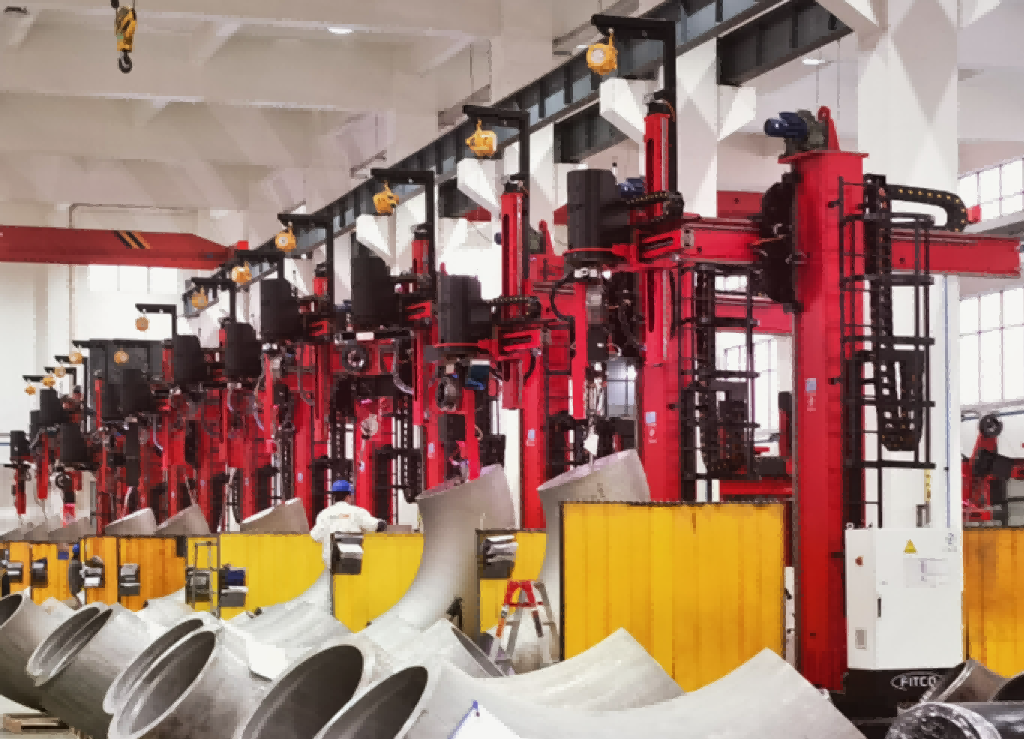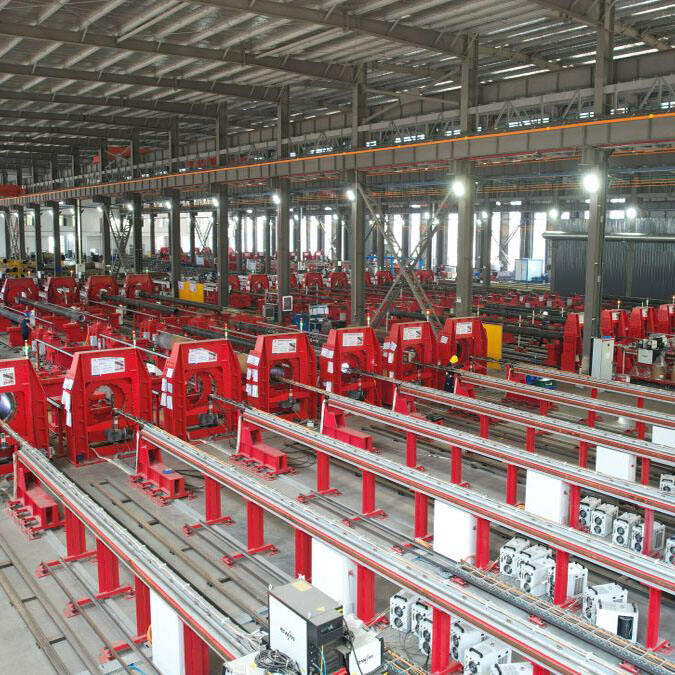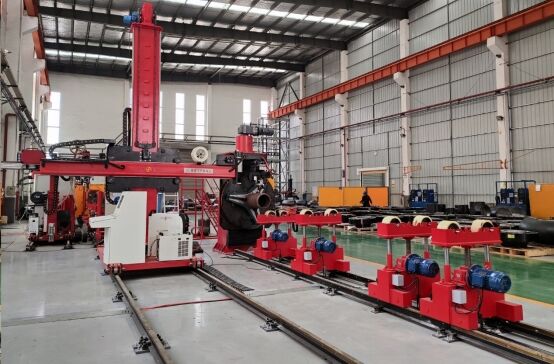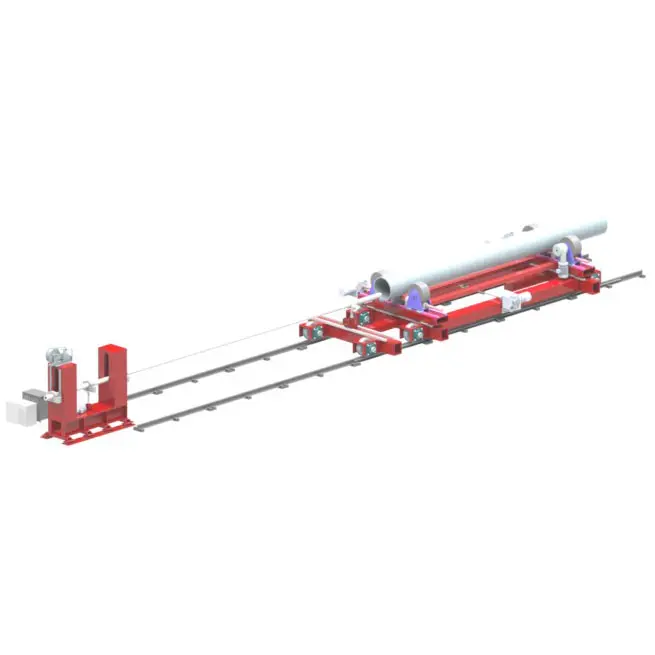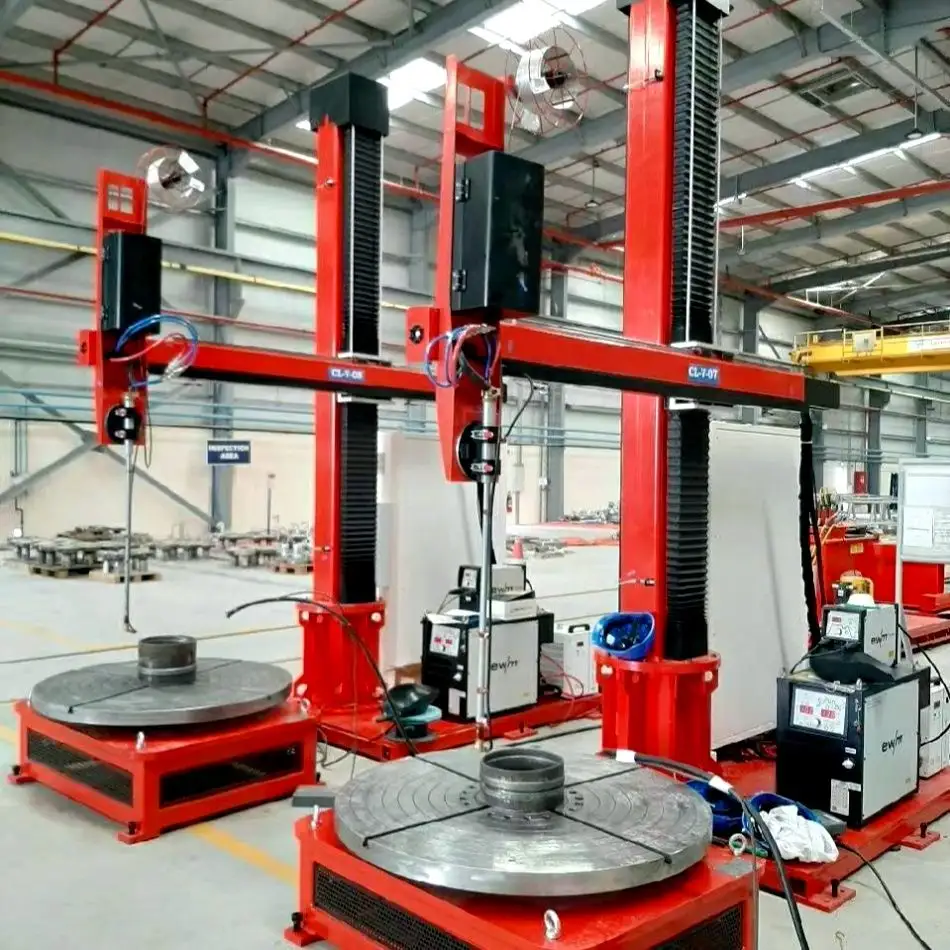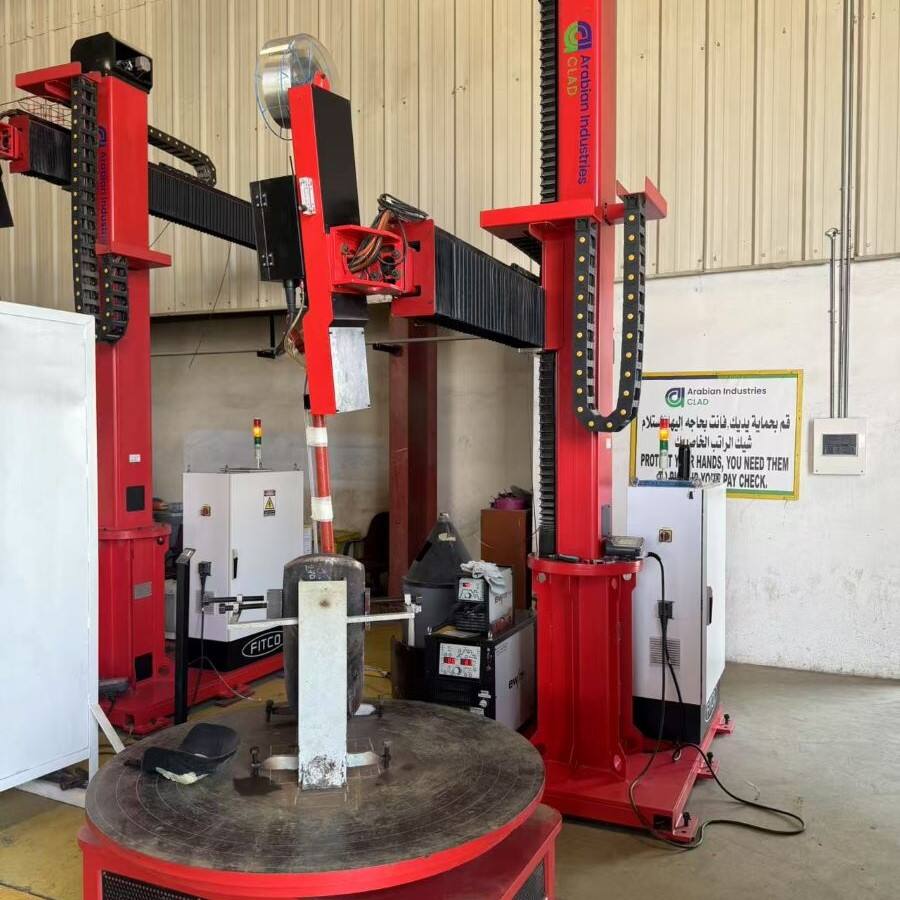sub arc welding machine
The submerged arc welding machine represents a pinnacle of automated welding technology, designed for high-volume production and heavy-duty industrial applications. This sophisticated system operates by forming a weld beneath a blanket of granular flux material, which protects the weld pool from atmospheric contamination and produces exceptionally clean, high-quality welds. The machine features a continuous wire feeding mechanism that automatically delivers both the welding wire and flux material to the weld joint, ensuring consistent performance and superior weld quality. At its core, the system utilizes a powerful power source capable of delivering currents up to 1500 amperes, making it ideal for thick material welding. The process is characterized by its deep penetration capability, high deposition rates, and the ability to maintain stable arc conditions even at high currents. Modern submerged arc welding machines come equipped with advanced control systems that monitor and adjust welding parameters in real-time, ensuring optimal weld quality and productivity. These machines are particularly valuable in industries such as shipbuilding, pressure vessel manufacturing, and heavy equipment fabrication, where high-strength, high-quality welds are essential.

 EN
EN
 AR
AR BG
BG HR
HR CS
CS DA
DA NL
NL FI
FI FR
FR DE
DE EL
EL HI
HI IT
IT JA
JA KO
KO NO
NO PL
PL PT
PT RO
RO RU
RU ES
ES SV
SV TL
TL IW
IW ID
ID LT
LT UK
UK SQ
SQ HU
HU TH
TH TR
TR FA
FA AF
AF CY
CY MK
MK LA
LA MN
MN KK
KK UZ
UZ KY
KY